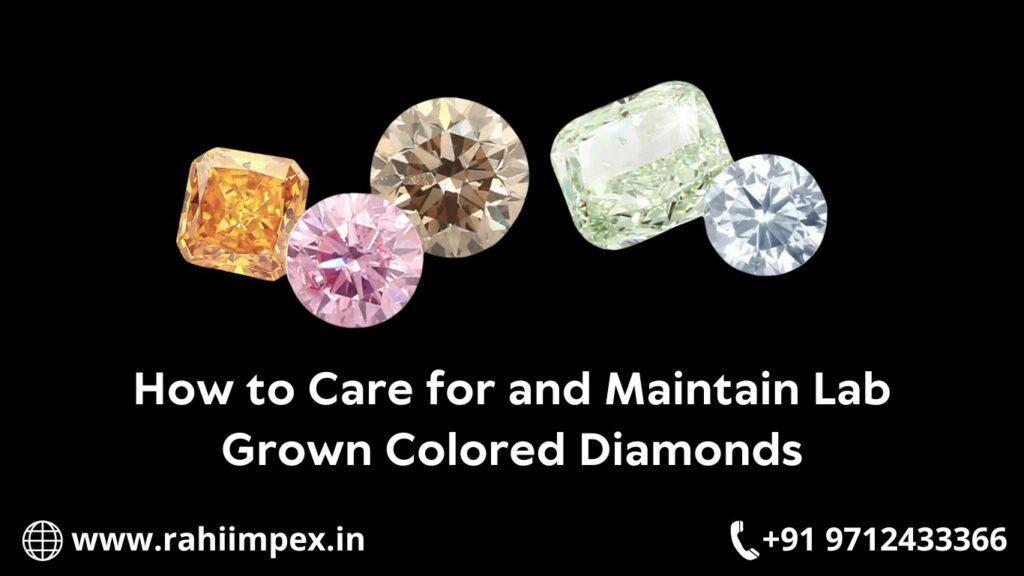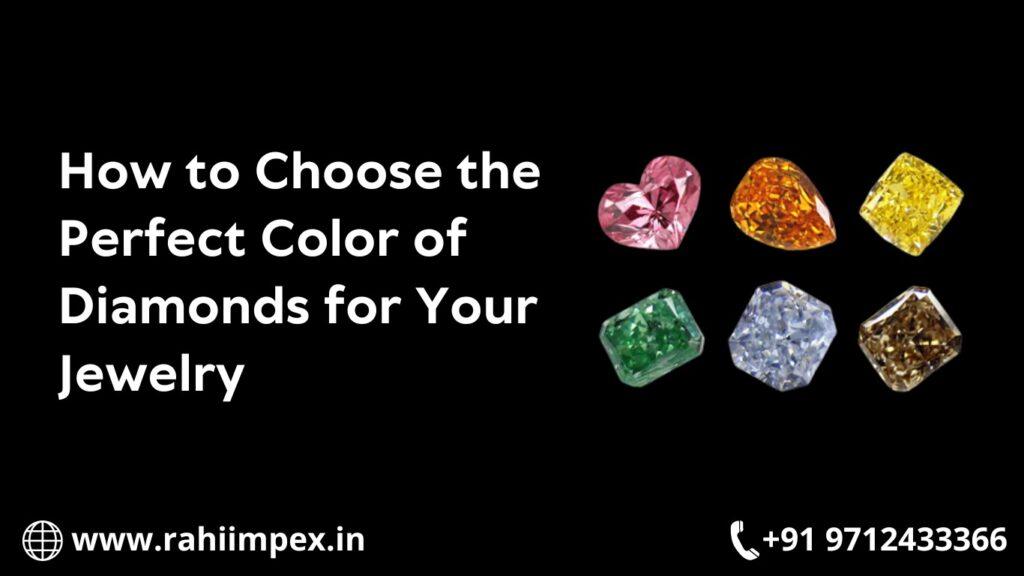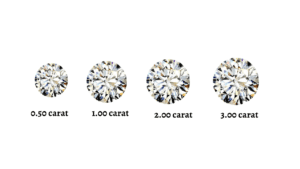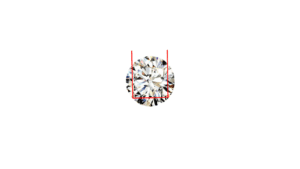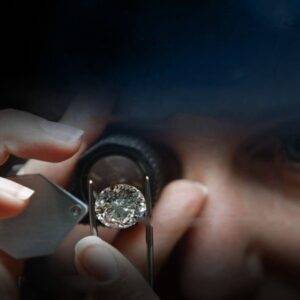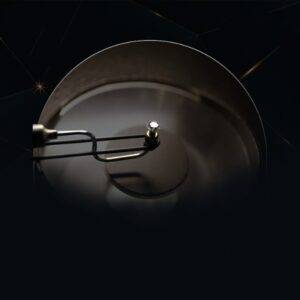How to Care for and Maintain Lab Grown Colored Diamonds
Lab grown colored diamonds have become increasingly popular due to their vibrant hues, ethical sourcing, and affordable pricing. These stunning gems are chemically identical to natural diamonds and provide the same level of durability and brilliance. However, to maintain their sparkle and beauty over time, proper care and maintenance are essential. In this guide, we will explore how you can keep your lab grown colored diamonds looking as magnificent as the day you first bought them.
1. Regular Cleaning Is Essential
Lab grown diamonds, like natural ones, can accumulate dust, oil, and dirt from everyday wear. The colored variety, especially, needs regular cleaning to maintain its vivid appearance. Follow these easy steps for a basic cleaning routine:
- Use a soft brush: A toothbrush with soft bristles can gently scrub away any dirt from your diamond.
- Mild soap solution: Mix lukewarm water with mild soap (avoid harsh detergents) and soak your diamond jewelry for about 10–15 minutes.
- Rinse well: After soaking, rinse the jewelry under lukewarm water to wash off the soap.
- Dry gently: Use a lint-free or soft microfiber cloth to pat the diamond dry, avoiding paper towels as they might scratch the surface.
Regular cleaning once a month can help your diamond jewelry retain its original luster and prevent grime build-up.
2. Avoid Harsh Chemicals
Lab grown colored diamonds, though strong and durable, can still be affected by exposure to harsh chemicals. Common household cleaners, bleach, and even strong perfumes or lotions can dull the sparkle of your gem over time. When cleaning around the house or handling chemicals, it’s best to remove your diamond jewelry to avoid damage.
If you happen to expose your diamonds to chemicals, rinse them immediately with lukewarm water and gently pat them dry to prevent any permanent damage.
3. Store Them Properly
Storing your lab grown colored diamonds the right way is crucial to preventing scratches or accidental damage. Follow these simple storage tips:
- Use a fabric-lined box or pouch: Always store your diamond jewelry in a soft, fabric-lined jewelry box or a velvet pouch. This will protect it from scratches and impacts.
- Avoid tangling with other jewelry: If you have multiple pieces of jewelry, especially those with metal or other stones, it’s best to store your diamonds separately. Diamonds can scratch softer materials and even other diamonds.
- Travel with care: When traveling, use a sturdy travel case with compartments to protect your colored diamond jewelry from damage during transportation.
4. Check the Setting Regularly
The setting of your diamond jewelry plays a crucial role in protecting the stone and ensuring it remains secure. Over time, the prongs or clasps holding the diamond can become loose or worn out, increasing the risk of the stone falling out. Regularly inspect your jewelry to check if the setting is intact.
- Look for loose prongs: Gently shake the jewelry near your ear. If you hear a rattling sound, it may indicate loose prongs.
- Visit a professional jeweller: It’s advisable to have your colored diamond jewelry checked by a jeweler once a year to ensure the setting is secure and any worn parts are repaired.
5. Avoid Wearing Diamonds During Rough Activities
While lab grown diamonds are durable, they are not indestructible. Activities such as sports, gardening, or heavy-duty work can cause damage to the setting or expose the diamond to unwanted impacts. It is recommended to remove your diamond jewelry during such activities to prevent accidental chips, scratches, or other damage.
6. Polishing and Professional Cleaning
Over time, even with the best care, your lab grown colored diamonds may start to lose their shine. In such cases, professional cleaning and polishing are a great way to restore their original brilliance. A professional jeweler can give your diamonds a deep clean using ultrasonic machines and specialized cleaning solutions that aren’t available for home use.
For colored diamonds, in particular, professional polishing ensures that the stone maintains its vibrant color while removing any surface scratches or dullness that may have developed over time.
7. Know When to Refrain from Cleaning
Although it’s important to keep your lab grown colored diamonds clean, there are times when you should avoid cleaning them at home. If your diamond jewelry has suffered damage such as loose prongs, cracks, or chips, refrain from attempting to clean it yourself. In such cases, it’s best to take it to a jeweler for repair before any cleaning is done.
Conclusion
Lab colored diamonds offer a beautiful, ethical, and affordable alternative to natural diamonds. By following proper care and maintenance, you can ensure that your diamond retains its brilliance and vivid color for years to come. Regular cleaning, proper storage, avoiding harsh chemicals, and professional maintenance are key to preserving the beauty of your lab grown colored diamonds. With a little care and attention, these gems will continue to dazzle and delight for generations.
How to Care for and Maintain Lab Grown Colored Diamonds Read More »
